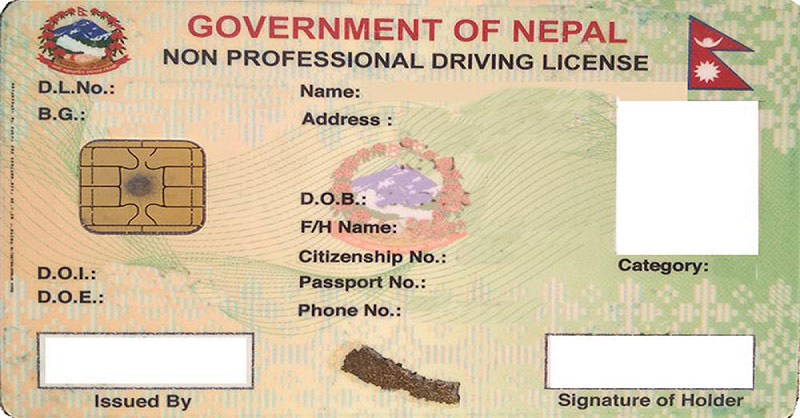
Starting on 14th February in Bagmati Province, driver's license tests will be conducted according to new standards. The Chief Minister's Office of Bagmati Province will implement a new system in which a minimum of 70 points out of 100 is required to pass the driver's license test. A written exam will be held on Tuesday, following a holiday on Monday, and the new system will be implemented for the first time on Wednesday.
This new system was attempted by the Department of Transportation previously, but the Chief Minister's Office halted its implementation. After the fourth attempt by the Ministry of Labour, Employment, and Transport, the system will now be implemented.
The practical examination of licenses will be conducted at four locations in Kathmandu Valley and one location in Hetaunda, overseen by the offices under the Department of Transport Management. If a candidate scores 70 out of 100 on the practical exam, they will pass.
The exam will be conducted by transport offices in Bhaktapur, Chabahil & Thulobharyang in Kathmandu and Ekantakuna in Lalitpur. Bagmati Province is one of four provinces in the country where this new system will be implemented.
There is currently a daily demand of 5800 to 6000 licenses, but only 4400 licenses can be printed each day due to the availability of only one license printing machine. As a result, around 7 lakh licenses remain to be printed. To address this, the department has called for tenders for the purchase of new machines.
The Bagmati province in Nepal has six offices that conduct license examinations, with four located in Kathmandu Valley and two in Hetauda and Chitwan. Two years ago, the government issued guidelines for license examinations, but the implementation has been delayed. Trials have been conducted in Province 1 and Gandaki Province based on these guidelines, but the Ministry of Transport of Bagmati province has given instructions for implementation three times before, without success. However, it is now going to be implemented.
Under the new guidelines, candidates must score a minimum of 70 out of 100 to pass the exam. If mistakes are made, the score decreases, and if it falls below 70, the candidate fails. For motorcycle and scooter trials, not following traffic light rules deducts 15 points, not turning on the turning indicator light deducts 10 points, touching the line once in the curve '8' deducts 5 points, stepping on the foot once deducts 5 points, not checking the vehicle's brakes, mirrors, and tires, before driving deducts 3 points, not wearing a helmet lock, deducts 4 points, and driving in an uncontrolled manner deducts 3 points.
For car-jeep trials, touching the curve 8 twice deducts 5 to 10 points, stopping the start of the vehicle once deducts 5 points, not following traffic light rules deducts 15 points, and moving forward once while moving backward deducts 10 points. Not checking the vehicle's brakes, mirrors, and tires, before driving deducts 3 points, not wearing a helmet lock, deducts 4 points, and driving in an uncontrolled manner deducts 3 points.
According to Rajkumar Kapali, head of the Ekantakuna office, the pass rate in the trial is currently 15 to 20 percent for car tests and 30 to 40 percent for motorcycle tests. After the implementation of the new guidelines, the pass rate is expected to double, which could reduce traffic congestion. However, Kapali is concerned that the quality of the license may decrease, and road accidents may increase.
The implementation of the new guidelines should not be problematic, as there are fewer service users outside the valley. However, the offices in the valley may face staff management issues during the examination, as the new examination system requires more staff.
Key Points:
|


